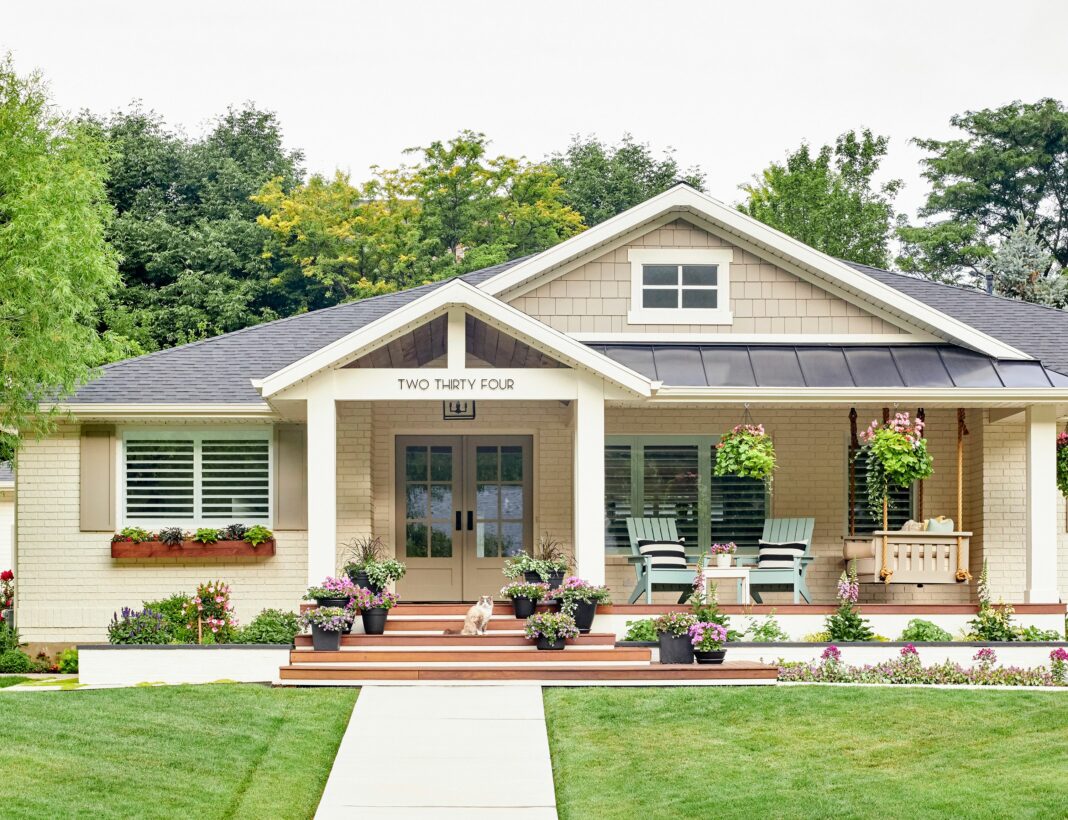What Is Fascia on a House? Here’s When to Use It
Fascia is an important component of a house’s roofing system that plays a crucial role in protecting the structure from various elements such as moisture, debris, and pests. Fascia is a horizontal board that runs along the edge of the roof and is typically attached to the ends of the rafters or trusses. It acts as a barrier between the edge of the roof and the outside environment, preventing water from seeping into the roof and causing damage.
Importance of Fascia
One of the main functions of fascia is to support the bottom row of roof tiles or shingles and provide a smooth, even surface for the gutters to be attached to. Without fascia, the edges of the roof would be exposed, making it susceptible to water damage, rot, and decay. Additionally, fascia helps give the roof a finished look and enhances the overall aesthetic appeal of the house.
When to Use Fascia
When constructing a new house or replacing an existing roof, fascia should always be included as part of the roofing system. It is essential for protecting the roof’s structure and ensuring its longevity. Fascia can be made from a variety of materials, including wood, aluminum, vinyl, and composite. The best material for fascia will depend on the climate and aesthetic preferences of the homeowner.
Wood Fascia
Wood fascia is a popular choice for homeowners who prefer a traditional look and natural material. However, wood fascia requires regular maintenance, such as painting or sealing, to protect it from moisture and decay. It is also more susceptible to rot and insect damage compared to other materials.
Aluminum Fascia
Aluminum fascia is a durable and low-maintenance option that is resistant to rust and rot. It is lightweight, easy to install, and comes in a variety of colors to match the house’s exterior. Aluminum fascia is a cost-effective choice for homeowners looking for a long-lasting and weather-resistant material.
Vinyl Fascia
Vinyl fascia is another popular choice for homeowners due to its affordability, durability, and low maintenance. It is resistant to moisture, rot, and insects, making it an ideal material for areas with high humidity or heavy rainfall. Vinyl fascia is available in a wide range of colors and styles to complement the house’s design.
Composite Fascia
Composite fascia is made from a combination of wood fibers and recycled plastic, giving it the natural look of wood with the durability of plastic. It is resistant to rot, decay, and insects, making it an eco-friendly and long-lasting option for homeowners. Composite fascia is available in various colors and finishes to suit different architectural styles.
Conclusion
In conclusion, fascia is an essential component of a house’s roofing system that provides protection and support to the roof’s structure. It is important to include fascia when building or replacing a roof to ensure its longevity and durability. The choice of fascia material will depend on various factors such as climate, maintenance requirements, and aesthetic preferences. Whether you opt for wood, aluminum, vinyl, or composite fascia, it is crucial to select a material that suits your needs and enhances the overall look of your home.
FAQs
What is fascia?
Fascia is a horizontal board that runs along the edge of the roof and provides support to the bottom row of roof tiles or shingles. It acts as a barrier between the roof’s edge and the outside environment, preventing water damage and decay.
Why is fascia important?
Fascia is important because it protects the roof’s structure from moisture, debris, and pests. It also provides a smooth surface for gutters to be attached to and enhances the overall aesthetic appeal of the house.
What materials can fascia be made from?
Fascia can be made from a variety of materials, including wood, aluminum, vinyl, and composite. The best material for fascia will depend on factors such as climate, maintenance requirements, and aesthetic preferences.




